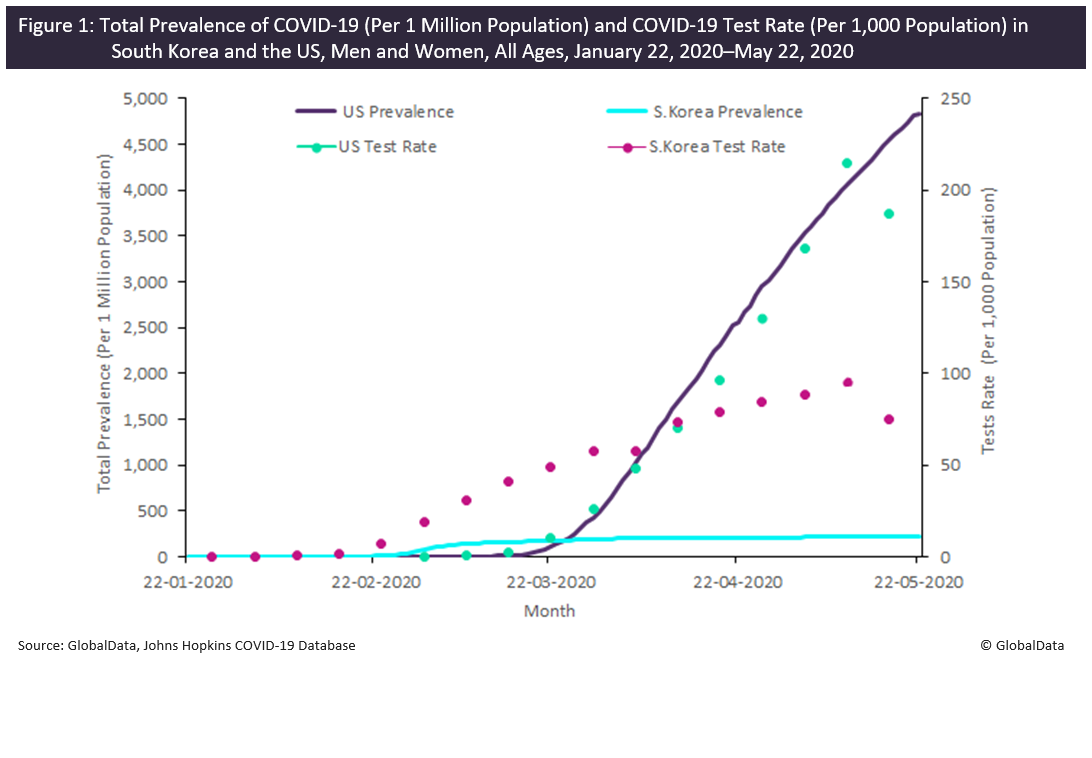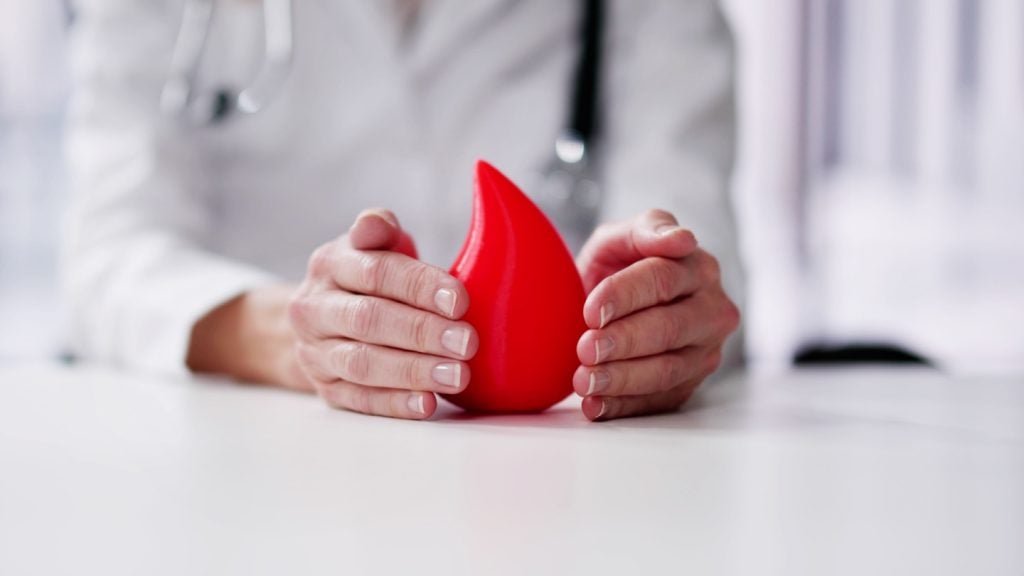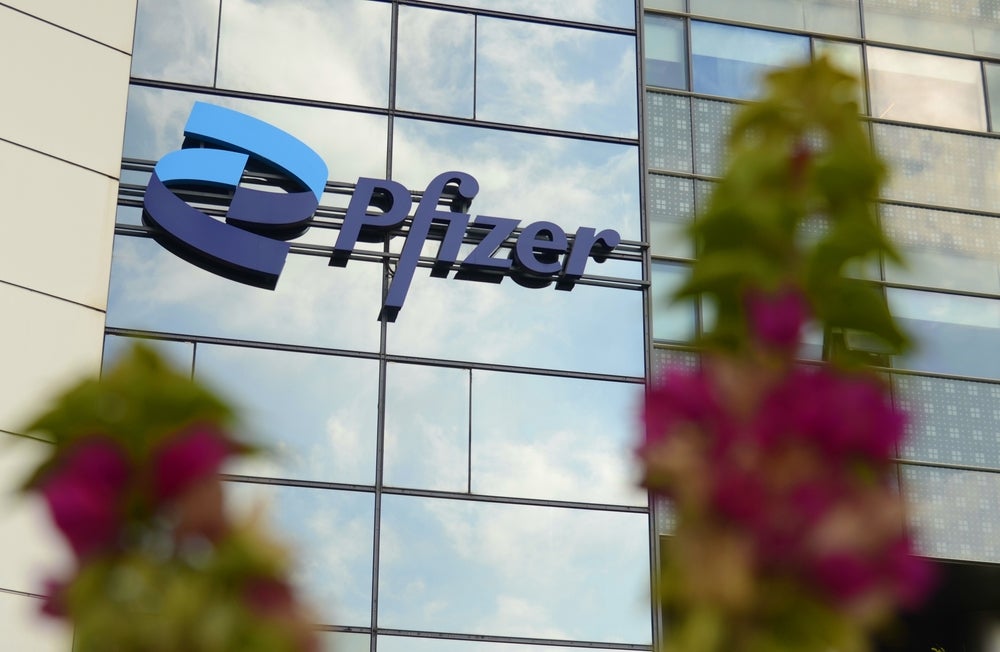The coronavirus disease 2019 (Covid-19) global pandemic has been reported in 190 countries, with 5.5 million confirmed cases worldwide. The US remains the most heavily affected country, with 1.7 million total confirmed cases. In comparison, South Korea is now thought to be in the recovery phase of this disease with 11,000 total confirmed cases. The World Health Organization (WHO) highlighted the importance of diagnostic testing in suppressing the transmission of Covid-19 early on in the pandemic. Even though the US has now performed 40 Covid-19 tests per 1,000 population compared to South Korea’s 15 Covid-19 tests per 1,000 population, it is the timing of these tests that has proved vital in slowing the transmission of this disease.
South Korea and the US both identified their first case of Covid-19 on 20 January 2020. Since then, the countries have followed very different trajectories. GlobalData epidemiologists analyzed the total prevalence of Covid-19 per one million population and Covid-19 test rate per 1,000 population in South Korea and the US from 22 January to 22 May (Figure 1.).
Initially, South Korea reported a higher infection rate than the US, with 160 cases per one million population reported on 15 March, compared to 11 cases per one million population reported in the US. South Korea also reported more testing at this point, with 41 tests per 1,000 population compared to two tests per 1,000 population in the US. The infection rate in South Korea started to plateau at that point, and there has been no large increase in the total confirmed cases seen in South Korea since.
In the US, there has been exponential growth in the number of cases per one million population since 15 March, to the current figure of 5,000 cases per one million population. South Korea has had much greater control of Covid-19 than the US, and understanding how South Korea accomplished this is important to learn how to control a novel virus in the future.
The implementation of testing varied greatly between the two countries. Initial Covid-19 testing began on 22 January in South Korea. In the US, testing did not begin to accelerate until March 4, over six weeks after the first case was thought to have been identified. South Korea was thought to be developing Covid-19 tests prior to its first confirmed case, and therefore widespread testing was able to be performed very early on.
In the US, a series of issues related to rolling out mass testing probably explains the lower number of total confirmed cases initially reported in the US compared to South Korea. In the first few months of infection, the disease is thought to have been silently spreading throughout the US due to the lack of widespread testing.
How well do you really know your competitors?
Access the most comprehensive Company Profiles on the market, powered by GlobalData. Save hours of research. Gain competitive edge.

Thank you!
Your download email will arrive shortly
Not ready to buy yet? Download a free sample
We are confident about the unique quality of our Company Profiles. However, we want you to make the most beneficial decision for your business, so we offer a free sample that you can download by submitting the below form
By GlobalDataThe US also had much narrower criteria for testing than South Korea. In early March, only individuals who were travelling back from China or who had displayed symptoms severe enough to be hospitalized were being tested in the US. It was not until mid-March that US testing capacities expanded. In comparison, South Korea worked on testing as many people as quickly as possible through drive-through test centres, mass production of test kits, and walk-in centres. By the beginning of March, South Korea was capable of testing 20,000 people per day.
After experiencing the Middle East Respiratory Syndrome (MERS) outbreak in 2015, South Korea already had a system in place for testing a novel virus. Therefore, broad testing measures combined with speedy isolation of cases and contact tracing were performed after diagnosing the first case. Mass testing in South Korea was in place long before the country reached its epidemiological peak, but, mass testing has only just recently been introduced in the US.
Though the US has now increased its testing capabilities and performed the largest number of tests in comparison to any other country globally, this should have been done much earlier to have a more profound effect. Public health agencies should consider early testing for future viral outbreaks to slow the spread of disease.










Related Company Profiles
Mers, Inc.